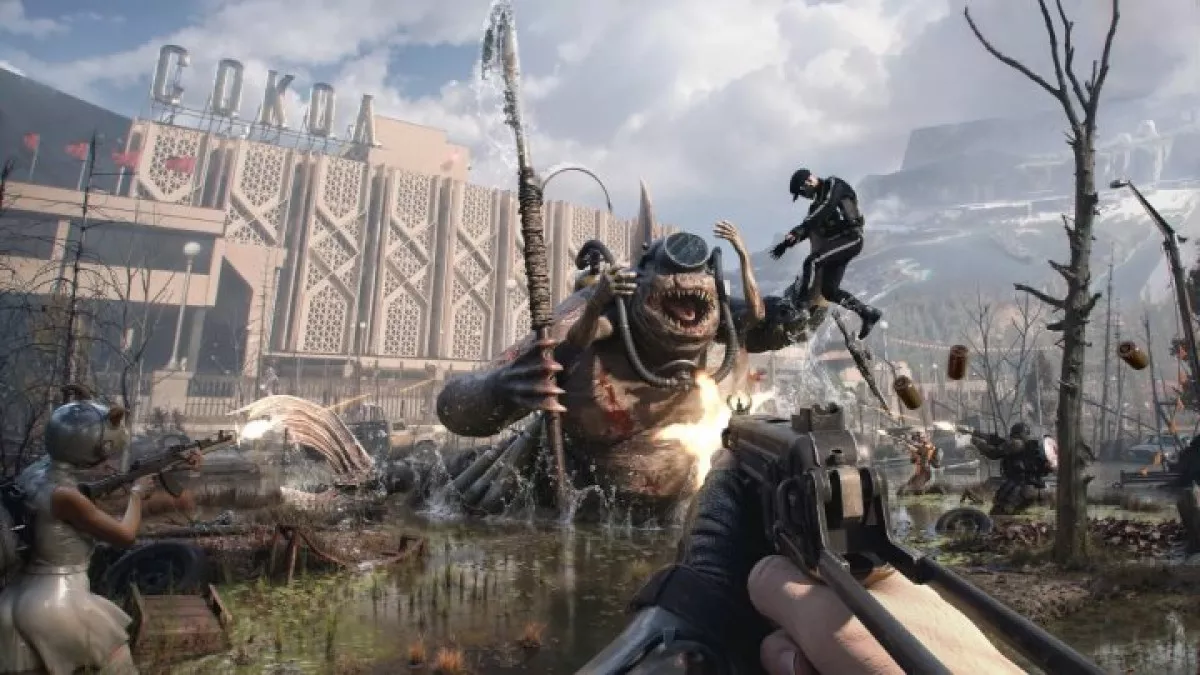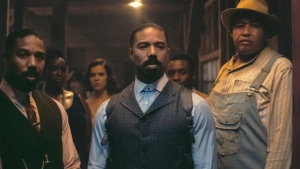
In recent days, the international gaming community has been actively discussing the advertising campaign for the new project The CUBE by Mundfish studio. Upl.uz reported on this.
One of the reasons that caught attention was that the architecture of one of the locations depicted in the promotional materials closely resembles the building of the Uzbekistan State Museum of History in Tashkent. Users on social media began to compare images from the game graphics with photos of the museum in the capital.
This situation sparked extensive discussions about the sources of inspiration for the developers. Mundfish studio gained widespread popularity through the game Atomic Heart and announced The CUBE project as an experimental online game.
According to official information, this is a multiplayer roller shooter set in the "Atomic world" several years after the previous game. The story revolves around the mysterious appearance of a floating cube-shaped object that attracts the attention of leading scientific institutions in the world, including staff from the institution familiar from the Atomic Heart game.
In a recent interview, Mundfish founder Rob Bagratuni revealed some details about the concept. According to him, the idea of a world-constructor accidentally originated from a phone conversation where he sketched an "x" and "o" game on paper.
This sketch evolved into the concept of a gigantic rotating structure, within which landscapes and entire biomes are constantly changing. Such mechanics pose significant technical challenges.
The developers emphasize that The CUBE project will be the first to implement dynamically changing geometry in real-time within a stable online structure. The Mundfish team is attempting to compare these changes to the technological revolution in the Crysis game, raising doubts about the principle of staticity in many game worlds.
Against the backdrop of such high-profile announcements, the reflection of the Tashkent museum building, constructed in the style of Soviet modernism, in the trailer is particularly noteworthy. This suggests that the developers may have drawn inspiration from real examples of Soviet architecture, especially the style widely spread in former Soviet states, when creating the visual style of The CUBE.
This approach was also present in the previous Atomic Heart game, but the appearance of our capital's famous building was unexpected for many and became a source of local pride. Although The CUBE is presented as an independent game, Mundfish representatives emphasize that many narrative connections and hints will be left for loyal fans.
This may encourage some players to revisit the previous game, allowing them to understand the world more deeply. At the same time, the Mundfish team is also actively working on creating a direct sequel to the Atomic Heart game.
Currently, a "vertical slice" of Atomic Heart 2 — a fully functional segment with all main mechanics — has been prepared. More information about innovations in this project is expected to be released in the near future.
This confirms the studio's ability to develop two major projects simultaneously within a single narrative framework. However, at the same time, the visual reference to Tashkent in The CUBE game is generating the greatest interest in the Central Asian internet segment.
The current building of the Uzbekistan State Museum of History was designed by architects Yevgeny Rozanov and Vsevolod Shestopalov and is one of the brightest examples of Soviet modernism in Central Asia. The cube-shaped building is clad in white marble and has a complex interior space system.
During the Soviet era, it was also referred to as "Lenin's homeland."







